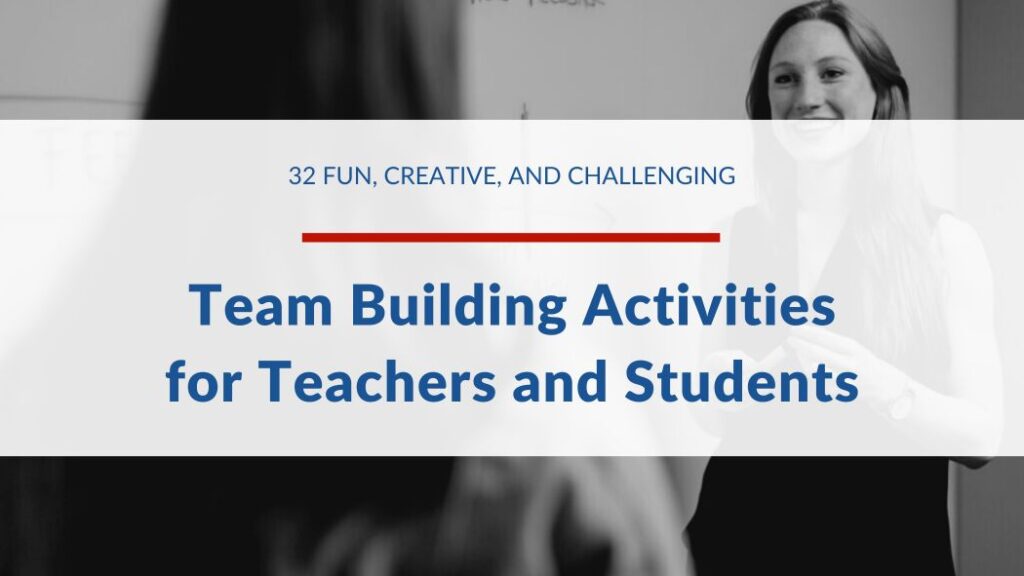4 Employee Turnover Stats Every Leader Needs to Know in 2021

A high employee turnover rate can impact your business’s bottom line because it wastes time, effort, and money spent hiring and training your top employees. In this guest article from Andre Oentoro, you’ll learn four key employee turnover stats, why they’re important, and how they can be used to inform strategies that help you improve your retention rate.
Companies are leaving no stone unturned in the search for great talent in today’s competitive, fast-paced, and ever-changing professional landscape. After all, A-Player employees play a significant role in dictating workplace culture and business success.
That being said, employee turnover–both voluntary or involuntary– is unavoidable regardless of your company’s size and the industry you operate in.
So, what can you do as a leader to retain your top talent? In order to understand how to curb employee turnover, you first need to understand the key factors that drive it.
And one of the best ways to do that is by taking a look at the data.
What Is Employee Turnover?
Before we get into the nitty-gritty details, it’s crucial to understand what exactly employee turnover is.
Simply put, employee turnover is the rate at which employees depart an organization, either due to resignations and retirements or firings and layoffs.
If your organization is facing a high rate of turnover, it’s time to evaluate the possible causes and to start examining potential internal changes.
Here are four key statistics to know, what they imply, and pro tips for how you can use them to inform strategies that reduce employee turnover.
4 Key Employee Turnover Statistics You Need to Know
You might not think that looking at statistics can help you reduce employee turnover. But in reality, it’s exactly the opposite. Savvy leaders will look at stats and identify opportunities to tweak their approach and improve their retention rates.
Here are four key stats to know and some pro tips to accompany them.
1) More than half of employees are actively seeking new roles

At least 51% of American employees are actively looking for a new job opportunity, and one of the driving factors is employee engagement (or a lack thereof).
In fact, this same survey found that only 33% of employees are engaged in their work and company culture, meaning that many employees think that a new job would allow them to let go of the roles and responsibilities that don’t meet their needs and expectations.
Pro Tip: These staggering numbers show that employee engagement is critical in retaining staff. The key here is to make sure that every employee feels valued and appreciated.
You can start by conducting an employee engagement survey regularly (check out Outback’s free Employee Engagement Survey Questions, Template, and Tips) or hosting team building activities to strengthen morale and engagement.
You can also look into a group skills training workshop like Creating Mission, Vision, and Values to help bring your company culture to life and disseminate it through the organiztion.
2) Poor hiring decisions play a significant role in the high employee turnover rates

Another reason why your best employees are slipping away may be your recruitment strategy itself. Believe it or not, more than 80% of all employee turnover is a result of poor hiring decisions.
Pro Tip: Don’t rush to make a hire, even if you have a position that needs to be filled quickly. It’s important to pay close attention to the candidate’s talent, skills, background, and whether they’re a perfect fit for the company culture.
Create a schedule or a solid timeline for a hiring process. This way, you know when to do what and what to expect in the process. It will also allow you to be more careful and patient in hiring the right employee.
If you’d like to learn more, check out this comprehensive free resource from Outback: The HR Guide to Recruitment.
3) A quarter of all new employees leave within their first year
About 25% of all new employees think about leaving their job within the first year. That means that one in four employees you spend time recruiting, hiring, training, and ingraining in your team will be done within 12 months.
Pro Tip: This number clearly demonstrates just how important it is to make your new staff feel like a valued member of the team from day one.
How do you do that? With a strong onboarding process.
This is so much more than giving your new hires their job description, showing them their desk, and helping them to log onto the intranet. It’s about making them feel as comfortable and welcomed as possible on their first workday. This way, they have a strong sense of belonging and connect with the company culture faster.
Check out Outback’s New Hire Checklist for Successful Employee Onboarding to help you perfect your process.
4) Most employees leave their job because of another career advancement opportunity

Believe it or not, 72% of employees change jobs because they have an opportunity for career advancement elsewhere.
Pro Tip: This shouldn’t be surprising. After all, career advancement is one of the most important elements of employee satisfaction and retention at a company.
Therefore, it’s essential to always be open with your employees and take their needs and expectations into consideration. And when you satisfy your employees’ needs at work, they’re more likely to be motivated, engaged, productive, and loyal.
Focus on creating a strong performance management system so that employees always know where they stand and what they need to do to get to the next stage of their career at your company.
If you need help with this, a program like Performance Management Fundamentals can help your leadership team learn a foundation of simple and effective skills for managing employee performance.
At the end of the day, high employee turnover can be costly. Hiring and training new staff takes a big investment of time and resources. So, once you’ve found great talent, it’s in your best interest to ensure you keep them.
Learn More About How Team Building, Training, and Coaching Solutions Can Help Reduce Employee Turnover
For more information about how you can reduce employee turnover with virtual team building, training, or coaching solutions, reach out to our Employee Engagement Consultants.
Author Bio:
Andre Oentoro
Andre Oentoro is the founder of Breadnbeyond, an award-winning explainer video company that helps businesses increase conversion rates, close more sales, and get positive ROI.




I am presently working on a project in my research course and this information really helped me.
Awesome! Its genuinely remarkable post, I have got much clear idea regarding from this post